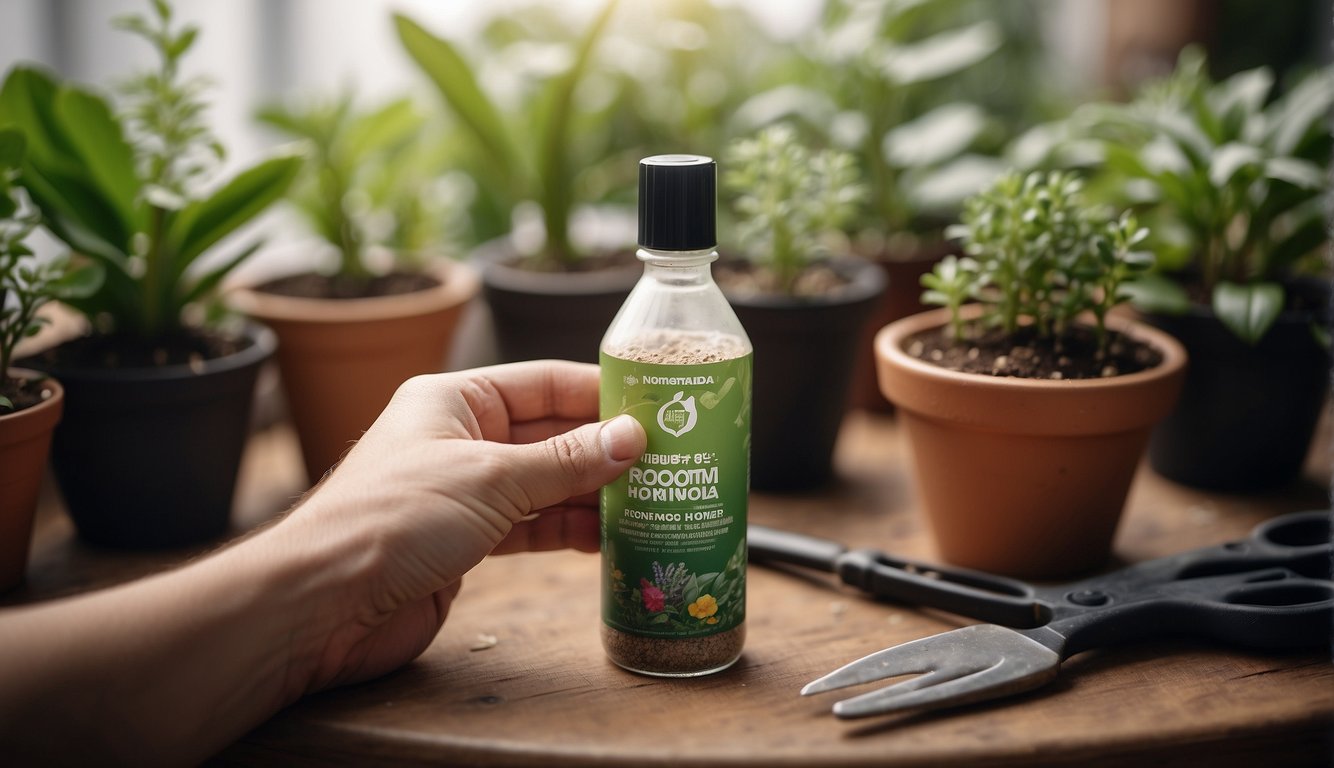TheHerbProf.com is a treasure trove of knowledge for those interested in natural healing and herbal remedies. The website is run by Paul Johnston MD. A naturopathic who has not only received extensive education in the field but also has personal experience in self-healing.
When it comes to propagating plants, rooting hormone powder can be a game-changer. As someone who has been propagating plants for years, I can attest to the effectiveness of using this powder. It helps cuttings take root faster and more successfully, leading to healthier plants overall.
But with so many options on the market, it can be overwhelming to choose the best rooting hormone powder for your needs. That’s why I’ve done the research and tested several different products to bring you the top options available. In this article, I’ll be sharing my findings on the best rooting hormone powders, so you can make an informed decision and have success with your plant propagation endeavors.
Understanding Rooting Hormones
As a gardener, I understand the importance of rooting hormones in propagating plants. Rooting hormones are plant growth regulators that aid in the development of roots. They are used to stimulate root growth and promote successful plant propagation. In this section, I will discuss the types of rooting hormones, how they work, and the benefits of using rooting hormone powder.
Types of Rooting Hormones
There are three main types of rooting hormones: powder, gel, and liquid. Each type has its own advantages and disadvantages. Powder rooting hormone is the most common type of rooting hormone on the market that a lot of gardeners use. It is easy to use, shelf-stable and lasts a long time. Gel rooting hormone is the most popular of the three types of rooting hormone. It is convenient to use, but it can be messy. Liquid rooting hormone is fast-acting and easy to apply, but it can be expensive.
How Rooting Hormones Work
Rooting hormones work by stimulating the production of auxin, a natural hormone that promotes root growth. Auxin is a plant hormone that is naturally produced in the plant’s stem and root tips. Rooting hormones contain synthetic versions of auxin, such as IBA (indole-3-butyric acid) and NAA (naphthaleneacetic acid), which are more potent than the natural hormone. When applied to the plant, rooting hormones encourage the development of new roots from stem cuttings.
Benefits of Using Rooting Hormone Powder
Rooting hormone powder is a popular choice among gardeners because it is easy to use and effective. It contains a natural rooting hormone, such as IBA or indole-3-butyric acid, which promotes root growth. Using this powder can increase the success rate of propagating plants from cuttings. It is also cost-effective, as a little goes a long way.
Understanding rooting hormones is crucial for successful plant propagation. Rooting hormones come in different forms, including powder, gel, and liquid. Powder rooting hormone is a popular choice among gardeners due to its ease of use and effectiveness. Rooting hormones work by stimulating the production of auxin, a natural hormone that promotes root growth. Using rooting hormone powder can increase the success rate of propagating plants from cuttings, making it a valuable tool for any gardener.
Selecting the Best Rooting Hormone Powder
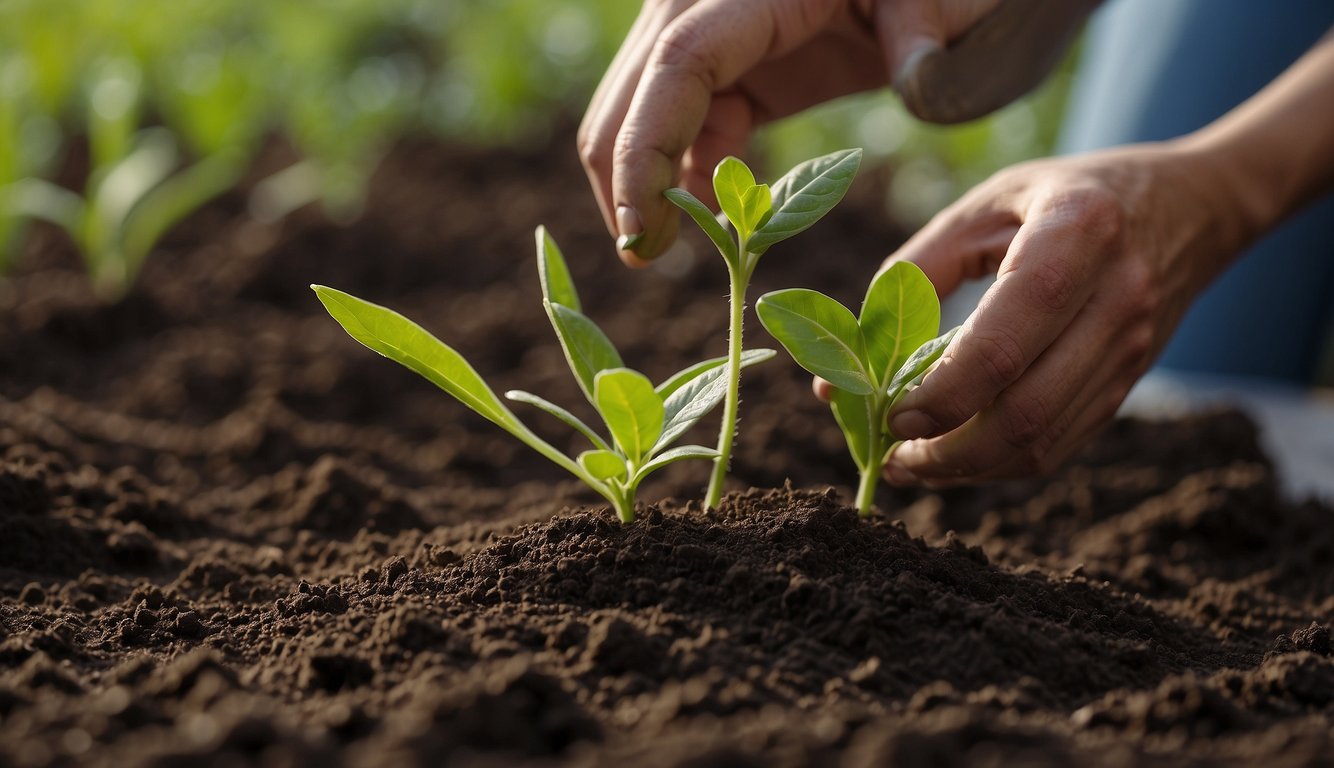
As an experienced gardener, I have found that using rooting hormone powder is an effective way to propagate plants from cuttings. However, with so many options available, it can be challenging to choose the best one. In this section, I will share my knowledge to help you select the best rooting hormone powder for your needs.
Key Factors to Consider
When selecting a rooting hormone powder, there are several key factors to consider:
- Concentration: The concentration of the active ingredient in the rooting hormone powder can affect its effectiveness. Generally, a higher concentration will result in a higher success rate. However, it is important to follow the manufacturer’s instructions carefully to avoid damaging the cuttings.
- Success rate: Different rooting hormone powders may have varying success rates depending on the type of plant and the conditions in which it is grown. It is important to choose a rooting hormone powder that is suitable for the specific plant you are propagating.
- Budget: Rooting hormone powders can vary in price, and it is important to choose one that fits your budget. However, it is also important to remember that a higher price does not always guarantee better results.
Top Picks for Rooting Hormone Powders
Based on my experience and research, here are my top picks for rooting hormone powders:
- Garden Safe TakeRoot Rooting Hormone: This rooting hormone powder is budget-friendly and has a high success rate. It is suitable for a wide range of plants and is easy to use.
- HydroDynamics Clonex Rooting Gel: While not a powder, this rooting hormone gel has received rave reviews for its effectiveness. It is easy to apply and adheres well to cuttings, resulting in a higher success rate.
When selecting a rooting hormone powder, it is important to consider the key factors and choose one that is suitable for your specific needs. With the right powder, you can increase your chances of successfully propagating plants from cuttings.
Application Techniques for Rooting Hormone Powder
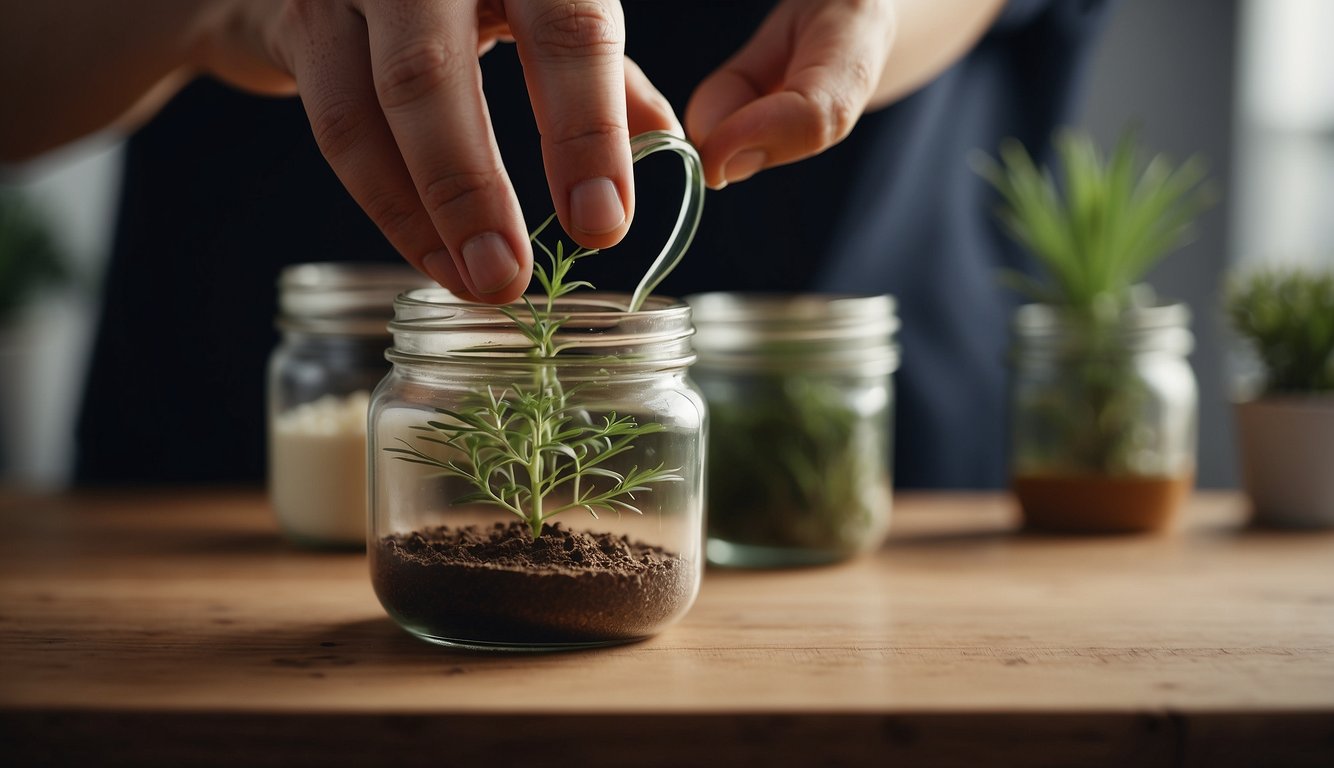
As someone who has used rooting hormone powder to propagate plants successfully, I can attest that it is an effective and easy-to-use method. However, proper application techniques are crucial to ensure the success of the propagation process. In this section, I will share some tips on how to apply rooting hormone powder to cuttings.
Preparing Cuttings for Propagation
Before applying rooting hormone powder, it is important to prepare the cuttings properly. Using a sterilized knife, take a cutting from the parent plant that is at least 4 inches long and has at least two nodes. Remove the leaves from the bottom node, leaving only the top two to three leaves. This will help the cutting focus its energy on growing roots.
Applying Powder to Cuttings
Once the cutting is prepared, it is time to apply the rooting hormone powder. First, tap the cutting to remove any excess powder. Then, dip the cutting into the powder, making sure to cover the bottom node completely. Gently tap the cutting to remove any excess powder.
It is important to note that rooting hormone is not a magic solution. It simply increases the chances of successful propagation. Therefore, it is important to take care of the cutting properly after applying the powder. Place the cutting in a well-draining soil mix, water it lightly, and keep it in a warm and humid environment.
Using rooting hormone powder can be an effective way to propagate plants. By following the proper application techniques and taking care of the cutting properly, you can increase your chances of success.
Rooting Medium and Environment

Choosing the Right Rooting Medium
When it comes to rooting hormone powder, choosing the right rooting medium is crucial for successful propagation. The rooting medium is the material in which the cutting is planted and where the roots will grow. There are several options for rooting media, including soil, potting soil, peat, and water propagation.
Soil is a popular option for rooting medium and is readily available. However, it is important to ensure that the soil is well-draining and not too compact. A mixture of sand and perlite can be added to improve drainage and aeration.
Potting soil is another option for rooting medium. It is a mixture of soil, peat, and other organic matter. It is important to choose a potting soil that is free of pests and diseases.
Peat is a popular choice for rooting medium as it is lightweight and retains moisture well. However, it is important to note that peat is not a sustainable resource and alternatives such as coconut coir can be used instead.
Water propagation is a popular method for rooting cuttings. It involves placing the cutting in water until roots form. It is important to change the water frequently to prevent the growth of bacteria.
Creating an Optimal Propagation Environment
Creating an optimal propagation environment is also important for successful propagation. The environment should be warm, humid, and well-lit.
Direct sunlight should be avoided as it can cause the cutting to dry out. Instead, bright, indirect light is ideal. An airtight container can be used to create a humid environment for the cutting.
Overall, choosing the right rooting medium and creating an optimal propagation environment are essential for successful propagation when using rooting hormone powder.
Common Mistakes and Solutions
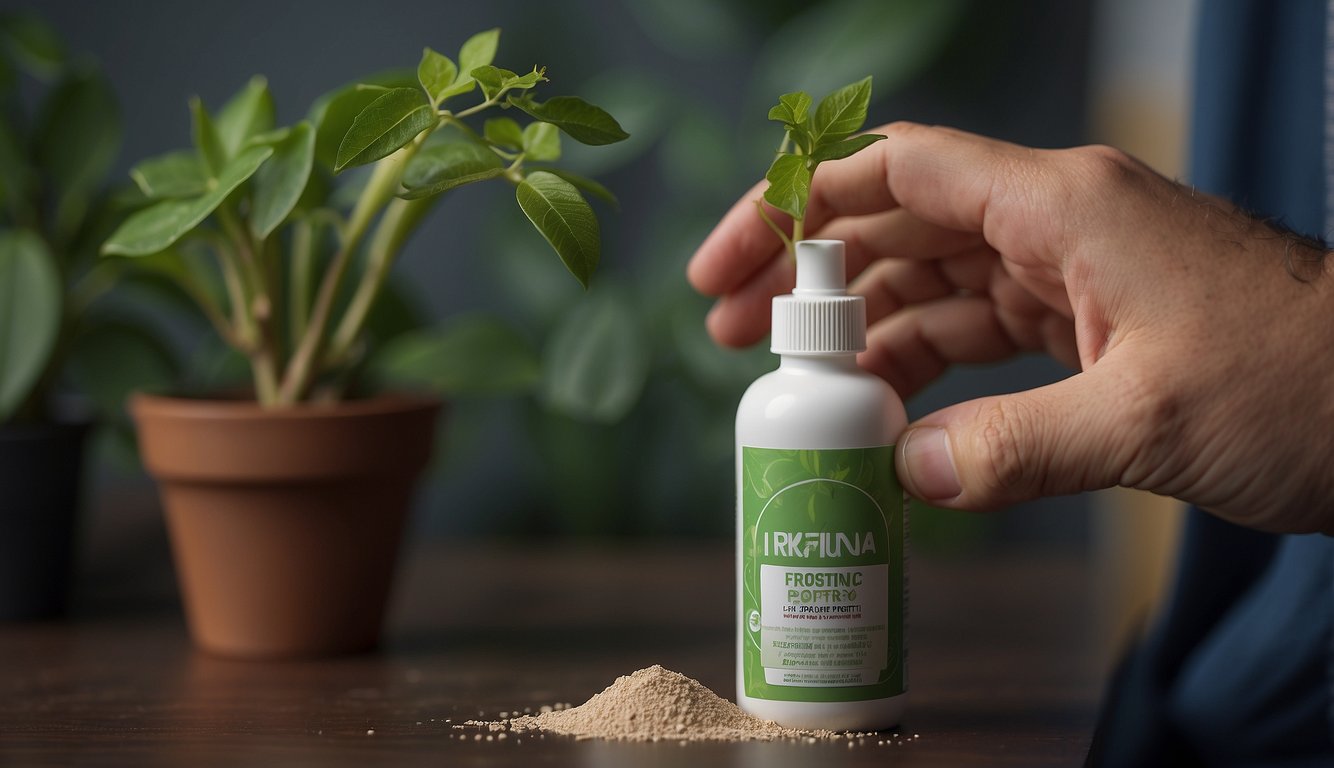
Avoiding Cross-Contamination
One of the most common mistakes when cloning or propagating plants is cross-contamination. This occurs when a plant disease or pest is transferred from one plant to another. It can happen when using the same tools or containers for different plants without properly cleaning them. To avoid cross-contamination, I always make sure to clean my tools, containers, and work area thoroughly before starting a new propagation project.
I use a 10% bleach solution to sterilize my tools and containers. After sterilizing, I rinse them with water and let them air dry. I also make sure to wear gloves and avoid touching the plants with my bare hands. If I notice any signs of disease or pests, I immediately remove the affected plants and dispose of them properly.
Dealing with Transplant Shock
Transplant shock is a common problem when propagating plants. It occurs when a plant is moved from its original container to a new one, and it experiences stress due to the change in environment. To minimize transplant shock, I always make sure to prepare the new container before transplanting the plant.
I use a rooting hormone powder to help the plant establish new roots quickly. I also make sure to water the plant thoroughly before transplanting it, and I avoid transplanting during the hottest part of the day. After transplanting, I keep the plant in a shaded area for a few days to help it adjust to the new environment. I also make sure to water it regularly and monitor its progress.
By avoiding cross-contamination and dealing with transplant shock properly, I have been able to successfully propagate many plants using rooting hormone powder.
Alternatives to Commercial Rooting Hormones
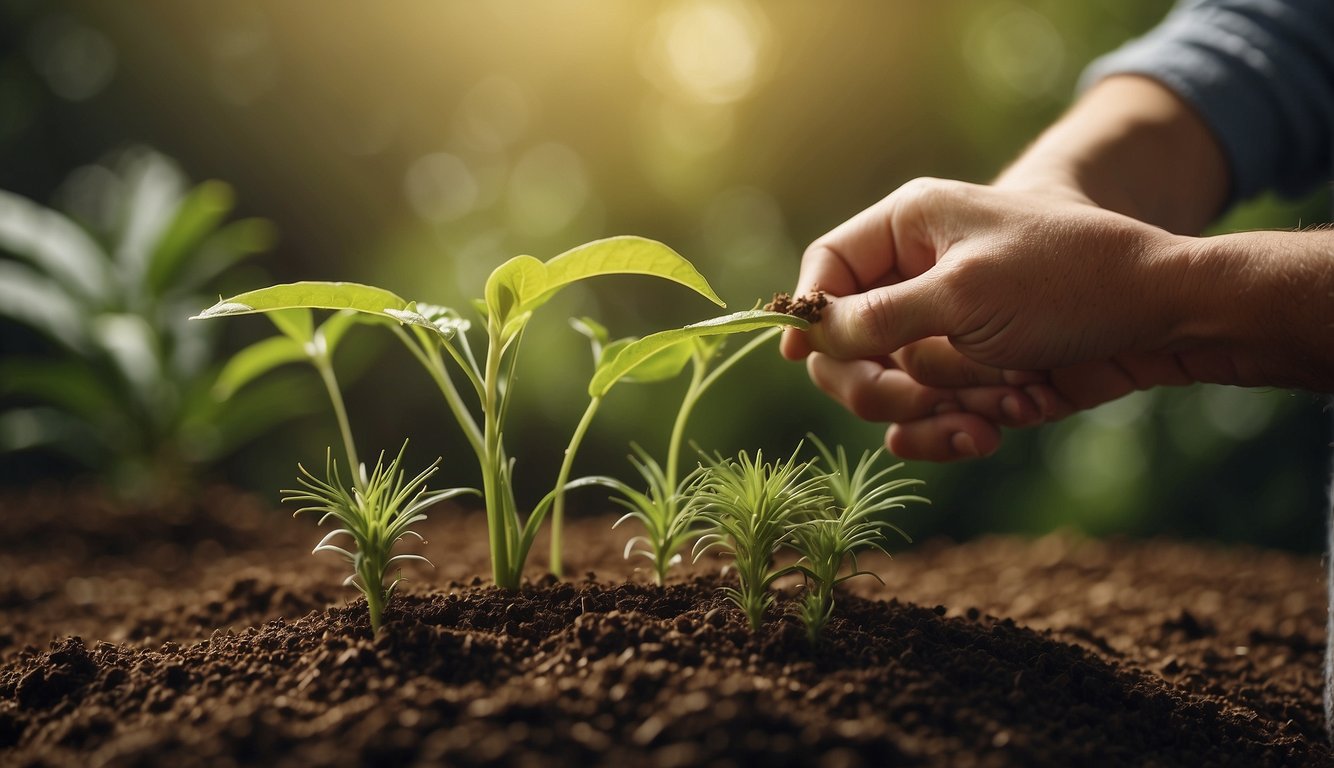
If you are looking for a more natural and cost-effective solution to rooting hormones, there are several alternatives you can try. These alternatives have been tested and proven to work effectively in promoting root growth.
Natural and Homemade Solutions
Honey
Honey is a natural antiseptic and has been used for centuries as a wound dressing. It also contains enzymes that help promote root growth. To use honey as a rooting hormone, mix one tablespoon of honey with two cups of boiling water. Let the mixture cool and then dip the cuttings into it before planting.
Aloe Vera
Aloe vera gel has antibacterial properties that can help prevent infections in plant cuttings. It also contains salicylic acid, which can stimulate root growth. To use aloe vera as a rooting hormone, mix one tablespoon of aloe vera gel with one cup of water. Dip the cuttings into the mixture before planting.
Cinnamon
Cinnamon is a natural fungicide and can help prevent fungal infections in plant cuttings. It also contains plant hormones that can stimulate root growth. To use cinnamon as a rooting hormone, dip the cuttings into a mixture of cinnamon powder and water before planting.
Apple Cider Vinegar
Apple cider vinegar contains acetic acid, which can help stimulate root growth. To use apple cider vinegar as a rooting hormone, mix one tablespoon of apple cider vinegar with one cup of water. Dip the cuttings into the mixture before planting.
Willow Water
Willow water is a natural rooting hormone that can be made by soaking willow branches in water. The branches release a hormone called indolebutyric acid, which can stimulate root growth. To make willow water, soak a handful of willow branches in a gallon of water for 24 hours. Use the water to water your plant cuttings.
Homemade Rooting Hormone
You can also make your own rooting hormone using natural ingredients. To make a homemade rooting hormone, mix one tablespoon of honey, one tablespoon of apple cider vinegar, and one tablespoon of cinnamon powder with two cups of boiling water. Let the mixture cool and then dip the cuttings into it before planting.
Overall, these natural and homemade solutions can be just as effective as commercial rooting hormones and are a great way to save money and reduce the use of chemicals in your garden.
Caring for Newly Propagated Plants
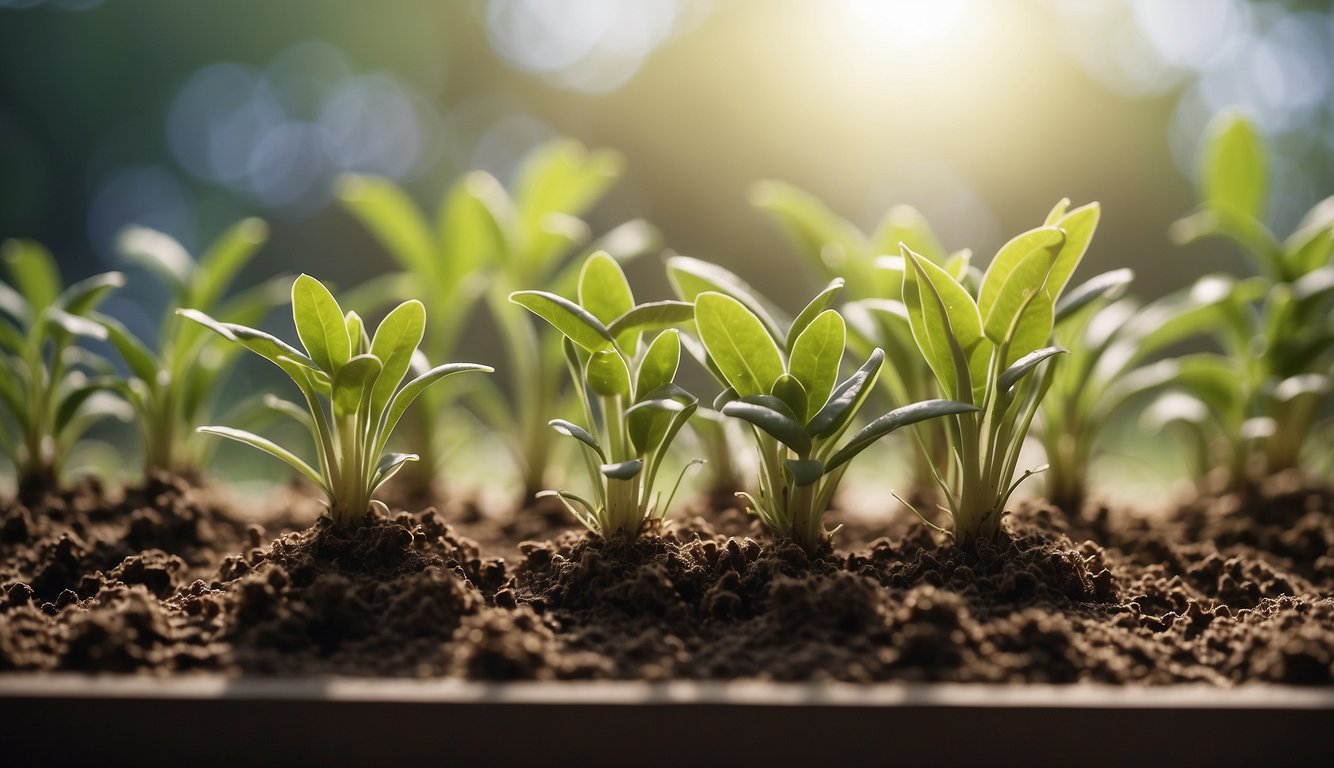
After successfully propagating new plants using rooting hormone powder, it’s important to take good care of them to ensure they grow into healthy and strong plants. In this section, I will provide some post-propagation care tips that will help you take care of your newly propagated plants.
Post-Propagation Care Tips
- Watering: Newly propagated plants require frequent watering to help their root systems establish. Water the plants regularly, but be careful not to overwater them as this can cause root rot. Check the soil moisture level before watering and only water when the soil is dry to the touch.
- Fertilizer: Newly propagated plants don’t require fertilizer immediately after propagation. Wait until they have developed a strong root system and started to grow before applying any fertilizer. Use a balanced fertilizer, and follow the manufacturer’s instructions for application.
- Growing New Plants: When growing new plants from cuttings, it’s important to ensure that the parent plant is healthy and disease-free. This will help ensure that the new plants are also healthy. Use clean tools when taking cuttings to avoid introducing any pathogens to the parent plant.
- Root Growth: Newly propagated plants require a lot of energy to develop their root systems. Provide them with a nutrient-rich soil mix that will help promote root growth. You can also use a rooting hormone powder that contains auxins to help stimulate root growth.
- Stem and Node: When taking cuttings, it’s important to ensure that you take them from the right part of the plant. Cuttings should be taken from the stem and node, which is where the plant’s growth hormones are concentrated. This will help ensure that the cuttings root successfully.
By following these post-propagation care tips, you can ensure that your newly propagated plants grow into healthy and strong plants. Remember to be patient and take good care of your plants, and you will be rewarded with beautiful and thriving plants in no time.
Special Considerations for Different Plant Types

Vegetables and Edible Plants
When propagating vegetables and edible plants, it’s important to choose a rooting hormone powder that is safe for food production. Look for products that are labeled as “food safe” or “organic” to ensure that your plants are not contaminated with harmful chemicals. Some popular options for vegetables include Garden Safe TakeRoot Rooting Hormone and Bonide Bontone II Rooting Powder.
Ornamental and Decorative Plants
If you’re propagating ornamental and decorative plants, you may want to consider a stronger rooting hormone powder to ensure successful propagation. Some popular options for ornamental plants include Hormex Rooting Powder and RootBoost Rooting Hormone Powder. These products contain higher concentrations of rooting hormones and are designed to work with a wider range of plant species.
Succulents and Sensitive Species
Succulents and other sensitive plant species may require a gentler rooting hormone powder to avoid damaging the delicate plant tissues. Look for products that are specifically designed for succulents or that have a lower concentration of rooting hormones. Some popular options for succulents include Clonex Rooting Gel and Dip ‘N Grow Liquid Rooting Hormone.
When selecting a rooting hormone powder, it’s important to consider the specific needs of your plants. Different plant species have different requirements for successful propagation, and choosing the right rooting hormone powder can make all the difference. By taking the time to research your options and select the best product for your plants, you can ensure that your cuttings will take root and thrive.
Rooting for Success: Best Rooting Hormone Powder
Today, we’re digging into the root of plant propagation: the best rooting hormone powder!
Now, rooting hormone powder is like magic dust for plant cuttings. It encourages root growth and helps your cuttings establish faster. It’s like giving your cuttings a head start!
But here’s the kicker. Not all rooting hormone powders are created equal. Some are stronger, some are gentler. It’s all about finding the right fit for your plants!
And remember, less is more. A little rooting hormone powder goes a long way. It’s all about the right dosage!
So, if you’re ready to delve deeper into the world of plant propagation, head over to theherbprof.com. It’s packed with tips and tricks for all your gardening needs. You can check our homepage here!
References – Best Rooting Hormone Powder
Little Herb Encyclopedia, by Jack Ritchason; N.D., Woodland Publishing Incorporated, 1995
The Ultimate Healing System, Course Manual, Copyright 1985, Don Lepore
Planetary Herbology, Michael Tierra, C.A., N.D., Lotus Press, 1988
Handbook of Medicinal Herbs, by James A. Duke, Pub. CRP Second Edition 2007
The Complete Medicinal Herbal, by Penelope Ody, Published by Dorling Kindersley
Check the Following Articles!
Growing Herbs in Pots Outdoors: Bountiful Harvest Tips
Grow Thyme from Cuttings: Simple Propagating Plants
Can You Grow Onions in 5 Gallon Buckets?
Frequently Asked Questions – Best Rooting Hormone Powder
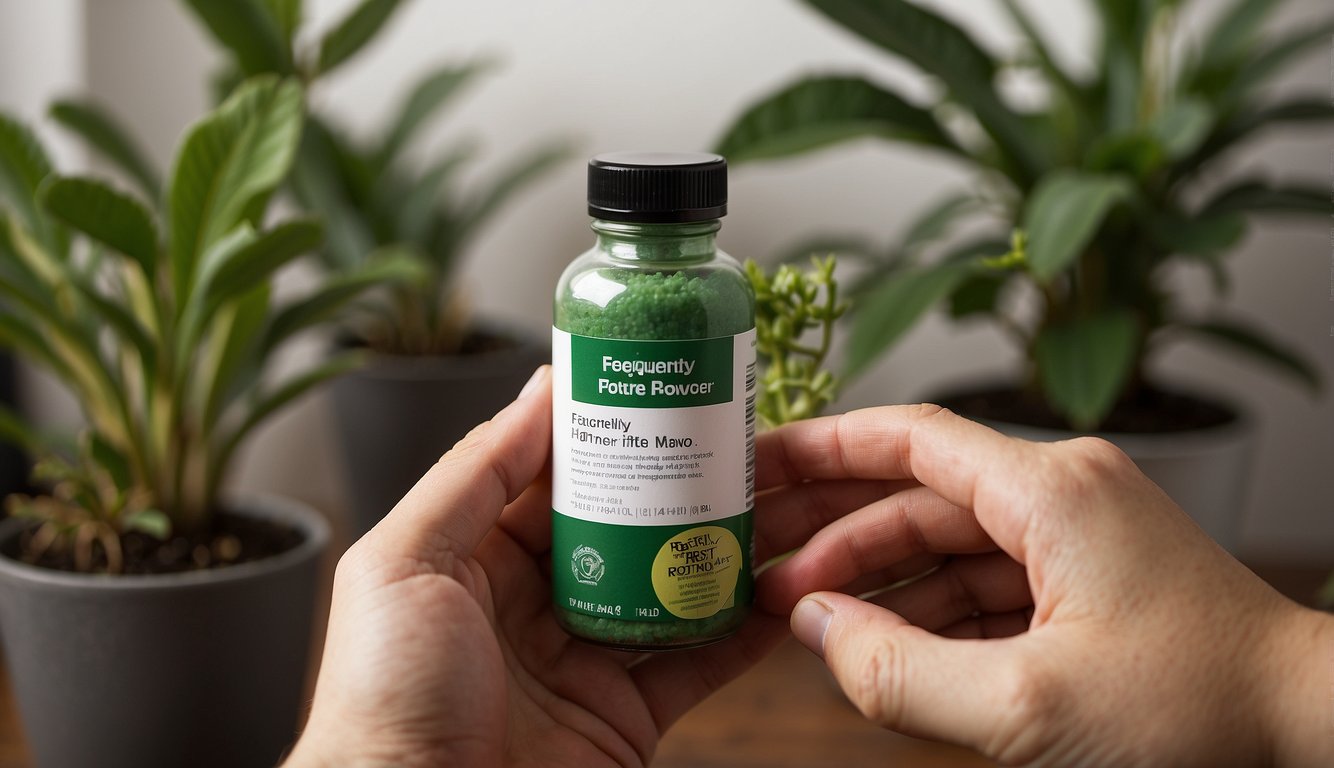
What factors should I consider when choosing a rooting hormone powder?
When choosing a rooting hormone powder, there are several factors to consider. Firstly, it is important to consider the type of plant you are propagating. Some plants may require a stronger rooting hormone than others. Additionally, it is important to choose a rooting hormone powder that is suitable for the type of cutting you are using. For example, softwood cuttings may require a different type of rooting hormone powder than hardwood cuttings. Finally, it is important to consider the concentration of the rooting hormone powder, as well as the brand and price.
How does the effectiveness of hormone rooting powder compare to other forms of rooting hormones?
Rooting hormone powder is considered to be one of the most effective forms of rooting hormones. This is because it contains a high concentration of auxins, which are plant hormones that stimulate root growth. However, other forms of rooting hormones, such as liquids and gels, can also be effective. The choice of rooting hormone will depend on the type of plant you are propagating, as well as personal preference.
Can I create my own rooting hormone at home, and how does it compare to commercial products?
It is possible to create a rooting hormone at home using natural ingredients such as honey, willow bark, or cinnamon. However, the effectiveness of these homemade rooting hormones may vary, and they may not be as potent as commercial products. Additionally, homemade rooting hormones may not provide consistent results, and may not be suitable for all types of plants.
What are the advantages of using rooting hormone powder for cuttings?
Using rooting hormone powder for cuttings can provide several advantages. Firstly, it can increase the success rate of cuttings, as it stimulates root growth and helps the cutting to establish itself. Additionally, rooting hormone powder can help to speed up the rooting process, allowing the plant to grow faster. Finally, using rooting hormone powder can help to produce healthier, stronger plants.
Which rooting hormone powder is recommended for water propagation techniques?
When using water propagation techniques, it is important to choose a rooting hormone powder that is water-soluble. One recommended product is Garden Safe TakeRoot Rooting Hormone, which is a liquid rooting hormone that can be diluted in water. This product is suitable for a wide range of plants, and can be used for both softwood and hardwood cuttings.
Are there any safety concerns associated with using commercial rooting hormone powders?
Commercial rooting hormone powders are generally safe to use, provided that they are used according to the instructions on the label. However, it is important to avoid inhaling or ingesting the powder, as it may be harmful. Additionally, it is important to keep rooting hormone powder out of reach of children and pets.
